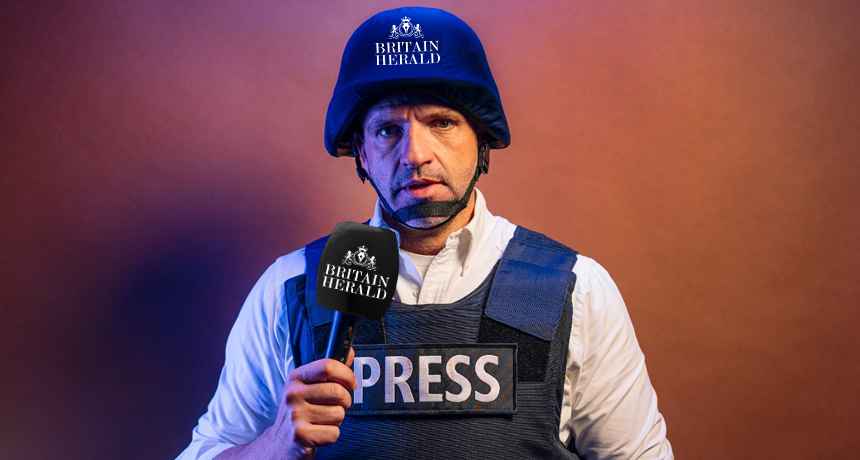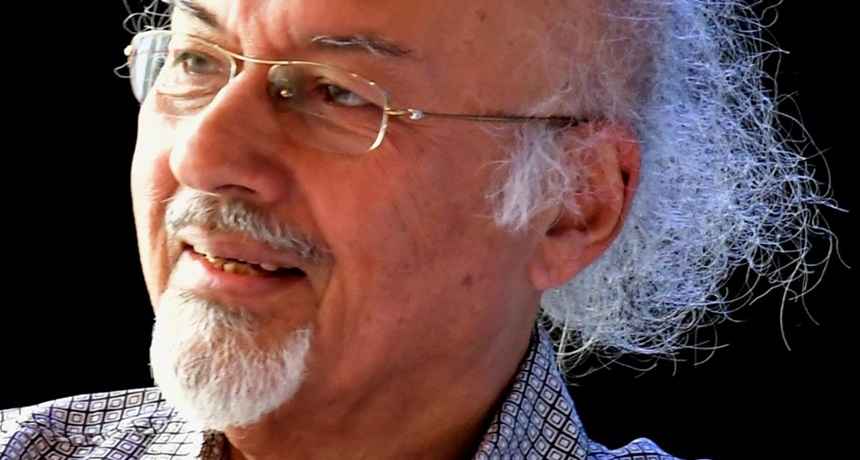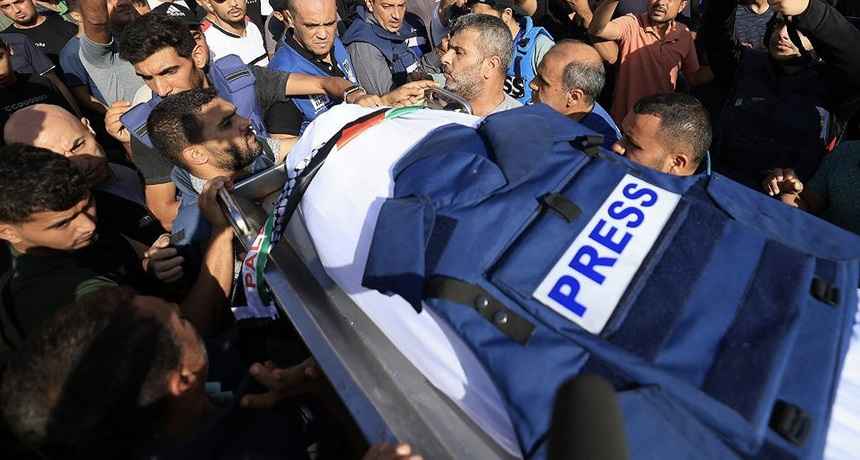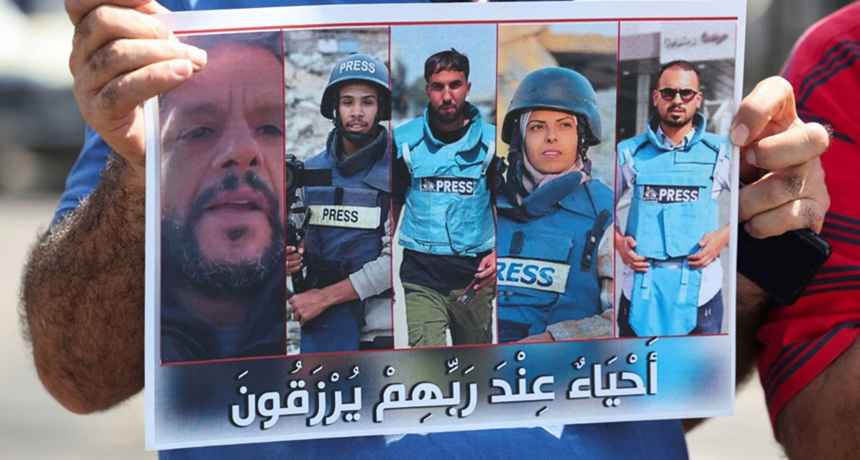At least
68 journalists have been killed in 2024, according to the latest report by the
UN Educational, Scientific and Cultural Organization (UNESCO). For the second
consecutive year, conflict zones have proven to be especially perilous for
journalists, with over 60 percent of these deaths occurring in war-torn
regions. This marks the highest percentage of journalist fatalities in conflict
zones in more than a decade.
"Reliable
information is vital in conflict situations to help affected populations and to
enlighten the world," stated UNESCO Director-General Audrey Azoulay.
"It is unacceptable that journalists pay with their lives for this work. I
call on all States to step up and ensure the protection of media workers, in
accordance with international law," she added.
Conflict Zones Take the Heaviest Toll
The
report reveals that 42 journalists were killed in conflict zones this year.
Palestine, with 18 fatalities, recorded the highest toll. Other countries like
Ukraine, Colombia, Iraq, Lebanon, Myanmar, and Sudan also reported multiple
journalist deaths, underscoring the escalating risks in areas marked by
violence and political instability.
This
troubling data continues a distressing trend from 2023, when journalist
killings in conflict zones surged. The past two years have seen more media
workers lose their lives than any comparable period since 2016-2017.
A Silver Lining in Non-Conflict Zones
While
conflict zones remain a critical concern, the report notes a slight decrease in
overall journalist killings in 2024. Particularly notable was a reduction in
non-conflict areas, where 26 journalists were killed — the lowest number
recorded in 16 years.
Latin
America and the Caribbean saw a significant drop in journalist deaths, from 43
in 2022 to just 12 in 2024. This decline suggests progress in addressing
threats against journalists in regions traditionally plagued by violence
against media workers.
Beyond Fatalities: Emerging Threats
UNESCO’s
data, rigorously verified through collaboration with international press
freedom organizations, excludes cases unrelated to journalistic work. However,
dozens of cases remain under review, highlighting the complex challenges of
protecting journalists worldwide.
The
Organization continues its advocacy for press freedom through initiatives such
as the UN Plan of Action on the Safety of Journalists and the Issue of
Impunity.
In
addition to physical risks, journalists face growing financial and legal
pressures. A UNESCO study revealed a 42 percent rise in attacks on journalists
reporting on environmental issues between 2019 and 2024, underscoring the
evolving threats confronting the media.
Call for Action
UNESCO
urges the international community to strengthen protections for journalists,
ensuring their safety and safeguarding press freedom. As Ms Azoulay emphasised,
"The quest for truth must not come at the ultimate cost."
Through
its ongoing efforts, UNESCO remains committed to protecting journalists and
fostering an environment where media workers can carry out their critical role
without fear or compromise.







